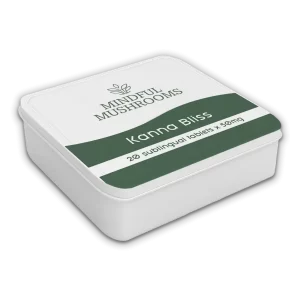In the midst of our busy lives, mindfulness often feels like an elusive luxury—something reserved for long meditation sessions or silent retreats. Yet, mindfulness at its core is about presence, and it can be woven into the fabric of daily life with simple, accessible practices. True mindfulness isn’t about escaping our responsibilities; it’s about meeting each moment, exactly as it is, with clarity and calm.
One of the most profound realizations about mindfulness is that it doesn’t require grand gestures. You don’t need an hour-long yoga class or a perfectly quiet space to cultivate it. In fact, some of the most powerful mindfulness practices are those that slip seamlessly into the rhythms of everyday life. From the first breath you take in the morning to the final moments before sleep, each day offers countless opportunities to reconnect with yourself.
Start with something as simple as mindful breathing. When you wake up, instead of reaching for your phone or rushing through your morning routine, take a few moments to sit quietly and focus solely on your breath. Notice the coolness of the air as you inhale, the warmth as you exhale. Feel your body gradually awaken. These first few minutes can set the tone for your entire day, anchoring you in awareness before external demands flood in.
Throughout the day, small mindfulness practices can act as resets for your mind. For instance, you might choose one daily activity and transform it into a mindfulness exercise:
- Mindful Eating: Slow down during one meal a day. Pay full attention to the textures, colors, and flavors of your food—without distractions.
- Mindful Walking: As you walk from one place to another, feel each step, notice the ground beneath you, and observe your surroundings without judgment.
- Mindful Listening: In conversations, practice truly listening instead of planning your next response. Let each word land before reacting.
By embedding these simple practices into routine moments, mindfulness becomes less of an event and more of a way of being.
Another key to cultivating everyday mindfulness is learning to notice transitions—the small pauses between activities. Most people rush from one task to the next without pause, mentally dragging the stress of one moment into the next. Instead, intentionally acknowledge these transitions. Take a deep breath between meetings. Pause for a moment when switching tasks. These micro-breaks can be remarkably effective at clearing mental clutter and refreshing your focus.
It’s also important to recognize that mindfulness thrives on gentleness, not judgment. Some days your mind will be busy and scattered, and that’s okay. The goal isn’t to achieve perfect stillness but to build a compassionate awareness of whatever state you find yourself in. Mindfulness is not about forcing your mind to be quiet; it’s about learning to sit with whatever noise or silence arises, without getting carried away by it.
Nature can be an excellent ally in this practice. Even a few minutes spent observing the subtle movements of leaves in the wind, the ripples on a pond, or the shifting colors of a sunset can deepen your sense of presence. These moments, seemingly ordinary, have the power to pull us out of autopilot and into rich, sensory engagement with the world around us.
Building a mindful life doesn’t happen overnight. It grows through tiny, consistent choices—the decision to pause, to breathe, to notice. Over time, these small practices accumulate, creating a profound shift in how you experience the world and yourself. You find yourself less reactive, more patient, and more connected, even in the middle of busy, imperfect days.
Mindfulness is not an escape from life; it is a way of stepping more fully into it. And it begins, always, right where you are.




